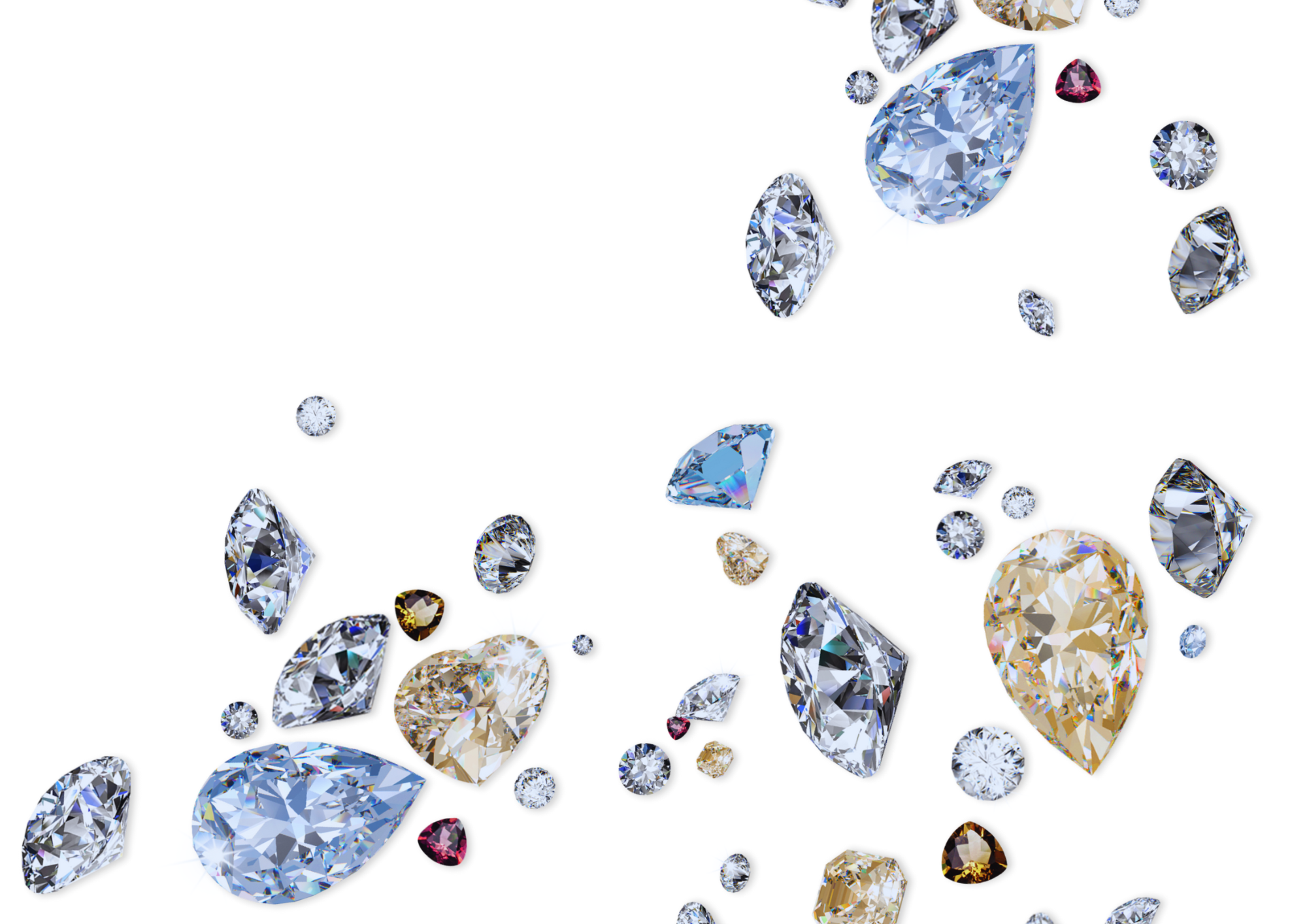Which is the Better Investment?
Diamonds have long been seen as the ultimate symbol of luxury, beauty, and eternal love. Whether you’re looking to purchase an engagement ring, an anniversary gift, or simply an investment piece, understanding the differences between natural and lab-grown diamonds can help guide your decision. This article will compare the two types of diamonds, examining which is more cost-effective, which holds better resale value, and which one might be the better choice for you.
What Are Natural Diamonds?
Natural diamonds are created deep within the Earth’s mantle, where extreme pressure and heat cause carbon atoms to crystallize into the diamond structure. These diamonds have been forming for millions of years, making them a rare and valuable commodity. The process of mining natural diamonds is costly and resource-intensive, contributing to their higher market price.
Natural diamonds are graded based on four key characteristics, commonly known as the Four Cs:
- Carat weight (size of the diamond)
- Cut (quality of the diamond’s facets)
- Color (the degree of colorlessness)
- Clarity (the presence of internal or external flaws)
What Are Lab-Grown Diamonds?
Lab-grown diamonds, also known as synthetic or man-made diamonds, are created in a laboratory setting through two primary methods: High Pressure High Temperature (HPHT) and Chemical Vapor Deposition (CVD). These processes replicate the natural conditions under which diamonds form in the Earth, but they do so much faster—usually in a matter of weeks. As a result, lab-grown diamonds tend to be much more affordable than their natural counterparts.
Though lab-grown diamonds have the same chemical and physical properties as natural diamonds, they are created in a controlled environment, which allows for better precision and fewer inclusions or flaws. They are also more environmentally friendly, as they eliminate the need for mining.
Which is More Cost-Effective?
When it comes to cost-effectiveness, lab-grown diamonds are the clear winner. On average, lab-grown diamonds cost 20-40% less than natural diamonds. The primary reasons for this price difference are:
- Faster Production Time: Lab-grown diamonds are created much quicker than natural diamonds, which take millions of years to form.
- Lower Production Costs: Since lab-grown diamonds are produced in a laboratory, the cost of extraction, mining, and transportation is eliminated.
- Less Rarity: Natural diamonds are rare, while lab-grown diamonds can be produced on demand, making them far less scarce.
For consumers seeking a similar appearance to natural diamonds but at a more affordable price, lab-grown diamonds offer excellent value without compromising on quality.
Which Holds Better Resale Value?
When considering the resale value of a diamond, natural diamonds generally perform better in the market. This is due to several factors:
- Rarity and Demand: Natural diamonds are still considered rare and precious. They are in demand for various purposes, including engagement rings and fine jewelry, which increases their long-term value.
- Market Tradition: Natural diamonds have been considered valuable for centuries, and this tradition continues today. Many buyers perceive natural diamonds as more prestigious, and they are often seen as investments that retain or appreciate in value over time.
- Brand Recognition: Well-known brands and the tradition of purchasing natural diamonds from high-end jewelers can boost the resale value.
On the other hand, lab-grown diamonds do not have the same resale potential. The market for synthetic diamonds is still growing, but because they are easier to produce and less rare, they tend to depreciate over time. While they are valuable for their beauty and ethical production, they don’t have the same level of long-term investment appeal as natural diamonds.
Which is Better to Buy for Long-Term Investment?
If you’re buying a diamond with the intent to hold onto it for many years, natural diamonds are likely the better option in terms of investment. Over time, natural diamonds tend to hold or even increase in value, particularly if they are rare, have high-quality attributes, or come from well-known mines.
However, lab-grown diamonds offer significant advantages for those who are looking for a cost-effective option. They are more affordable, and you can get a larger or higher-quality diamond for the same price as a smaller natural diamond. For consumers who are looking for a beautiful diamond but don’t necessarily plan to resell it for profit, lab-grown diamonds provide an excellent alternative.
Which Diamond Should You Buy for Resale Profit?
If your primary goal is to buy a diamond that can be resold for a profit, natural diamonds are the better choice. As mentioned, natural diamonds tend to retain or increase in value over time, and their market demand is relatively stable. Certain natural diamonds—particularly those that are rare, well-cut, or from a famous brand—can even appreciate in value.
Lab-grown diamonds, while beautiful and cost-effective, do not generally have the same resale potential. Due to their lower production costs and the increasing availability of synthetic diamonds, the resale market for lab-grown diamonds is currently limited. As a result, reselling a lab-grown diamond for a profit is less likely than with a natural diamond.
Conclusion: Which One is Better to Buy?
Ultimately, the choice between a natural diamond and a lab-grown diamond depends on your personal preferences, budget, and long-term goals.
- If you’re seeking a cost-effective option that doesn’t compromise on quality or appearance, lab-grown diamondsare an excellent choice. They provide similar beauty at a fraction of the price of natural diamonds, and they are an eco-friendly alternative.
- If you’re looking for a long-term investment that has the potential to appreciate in value or if you want a diamond that will hold its worth over time, natural diamonds are the better option. Their rarity and tradition give them an edge in the resale market.
Both types of diamonds are stunning and durable, but when it comes to resale potential and investment value, natural diamonds take the lead. However, if your goal is simply to enjoy the beauty of a diamond without worrying about resale, a lab-grown diamond provides excellent value for your money.






